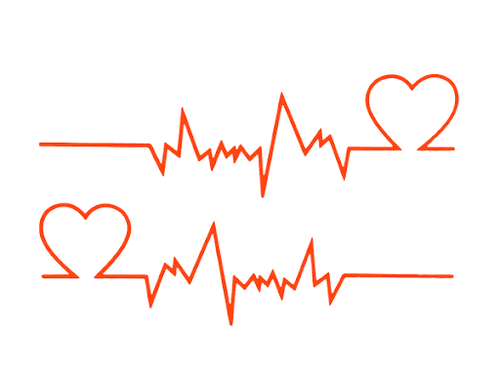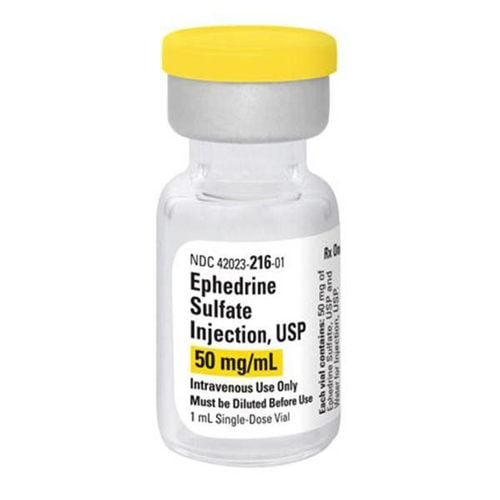This is an automatically translated article.
Heart rate when running will vary depending on the frequency of activity. However, what is the maximum heart rate when running? This is really a question that needs your attention. It is also one of the signs that will help you achieve your goals of good health.
1. Choose the activity intensity according to your body's needs
Physical activity is divided into 2 types: aerobic activity and endurance training. Here are some explanations about these 2 forms of exercise for your reference:
Aerobic activity: Aerobic exercise will be the right choice for you. You can practice n 150 minutes/week. If you do more intense exercise like walking, swimming or gardening, you only need to do 75 minutes/week. You can also combine strength training with light exercise to get more body feeling. After the body gets used to it, you can increase the intensity to improve quality
It is not necessary that new sports exercises are good for health. The things you do every day are also practice. So work hard, whether low or high intensity, to achieve the health you desire.
Endurance training Endurance training is a good exercise for the muscles. Such strength training exercises should be maintained 2-3 times per week to be effective. Practice 10 times each time, then relax your muscles. Pay attention not to exercise too hard to inhibit the muscle.
Exercise will help our heart rate get used to. From there, the heart rate when running or active will be kept at the most reasonable level. However, the act of forcing yourself too much is not recommended. You need to make sure your body is fit and your fitness is increasing. If you have any difficulty exercising or talking to your doctor or trainer for help

Nhịp tim tối đa khi chạy bộ giúp đánh giá cường độ vận động của mỗi người
2. Know how to determine the right exercise intensity
Sports activities such as cycling, jogging... all have different levels. You can flexibly adjust based on your health and ability to adapt to the best fit. When exercising, your heart rate will also be guaranteed to remain stable. With a steady heartbeat and sustained breathing, you will feel your health gradually improving, no longer tired every time you practice.
To determine the relative exercise intensity you can rely on heart rate or feeling. When exercising at high intensity, you will tend to get tired quickly. Based on that signal, it is convenient to adjust the appropriate intensity. After your body adapts, you can gradually increase.
Heart rate is also one of the objective assessments of exercise intensity. Especially the heart rate when jogging. Activities that require intense physical exertion will cause our heart rate to increase. You can reduce or maintain that intensity if your heart feels fine.
3. Measure activity intensity based on your own feelings
Here are some signs to help you feel the intensity of the activity when exercising:
Exercise with moderate intensity When you first start, you will find physical training like a challenge. Muscle aches and chronic fatigue can make you want to give up. At this level you often have a few problems such as:
Short of breath but you are not out of breath After about 10 minutes of practice you will sweat. Although you can talk, you will not be able to sing or speak loudly. High-intensity exercise High-intensity exercise is usually for people with high energy-burning needs. Here are some signs that indicate you are active:
Deeper-than-normal breathing, a tendency to breathe faster. After a few minutes of activity, the body is sweaty Unable to speak fluently or breathe while talking

Nên theo dõi nhịp tim khi chạy bộ để điều chỉnh bài tập cho phù hợp với cơ thể
4. Measuring heart rate in running to determine exercise intensity
Heart rate is also one of the factors that can be used to assess the intensity of the body's activity. When your heart is pounding, it means you are exercising vigorously. At this time, blood needs to be pumped continuously to ensure that the body has enough energy for the activity it is doing.
Maximum heart rate when jogging can be calculated by the formula 220 - age. When you're in your 20s, your maximum exercise heart rate will be 200. This means that your heart beats about 200 beats per minute. Based on that, you can evaluate your own exercise intensity. Usually moderate intensity will make the heart beat 50-70% of the maximum. During intense activity, it fluctuates around 70-85%. You should rely on these indicators to adjust your body accordingly to limit stroke or heart failure during exercise.
Maximum heart rate when jogging is extremely important to the quality of your exercise as well as your health. If you ensure a stable heart rate, it will improve the quality of the exercise and protect the body from unintended risks.
Please regularly follow Vinmec website (www.vinmec.com) to update useful health care information and leave information when you need medical advice and support!
Please dial HOTLINE for more information or register for an appointment HERE. Download MyVinmec app to make appointments faster and to manage your bookings easily.
Reference source: healthline.com












